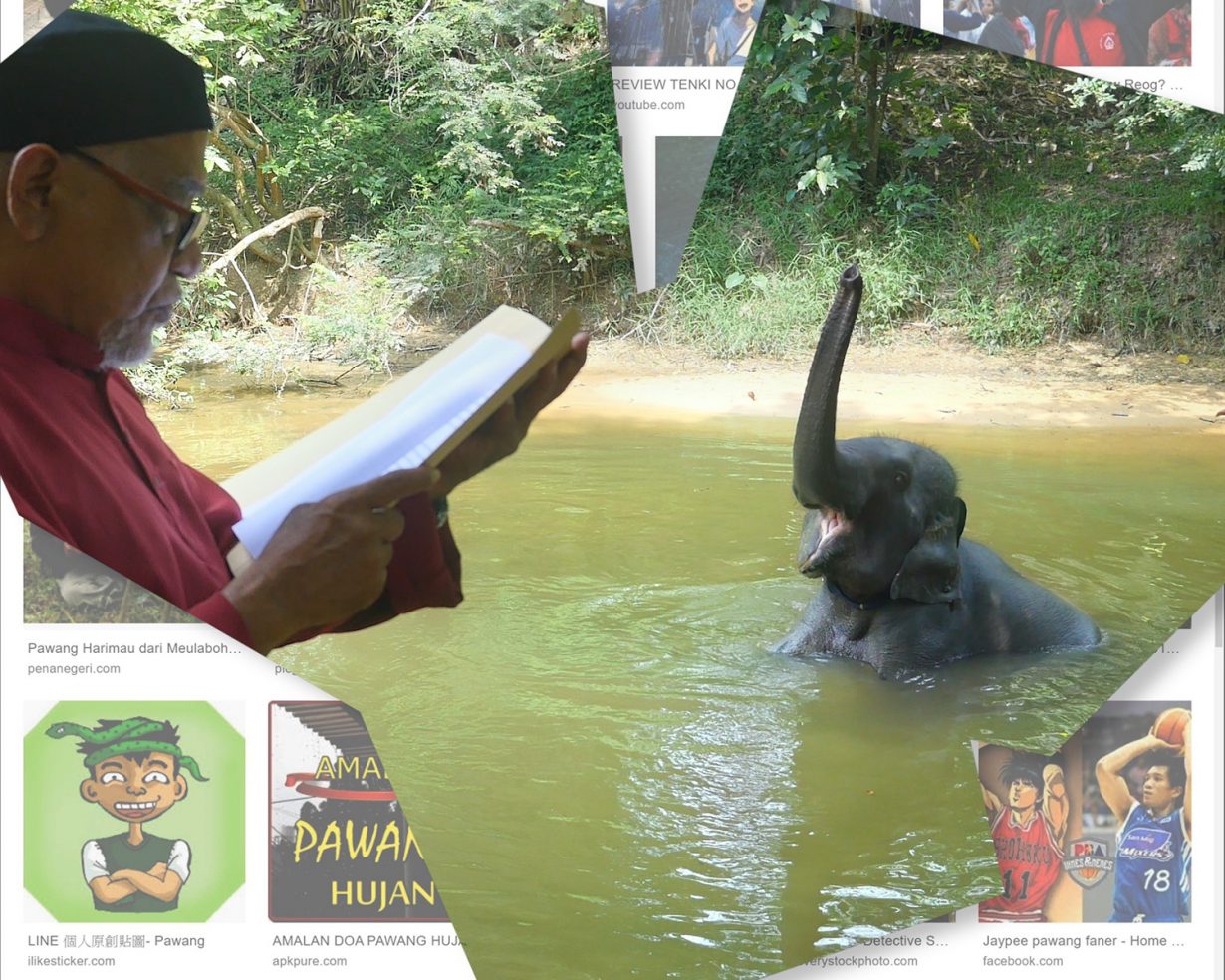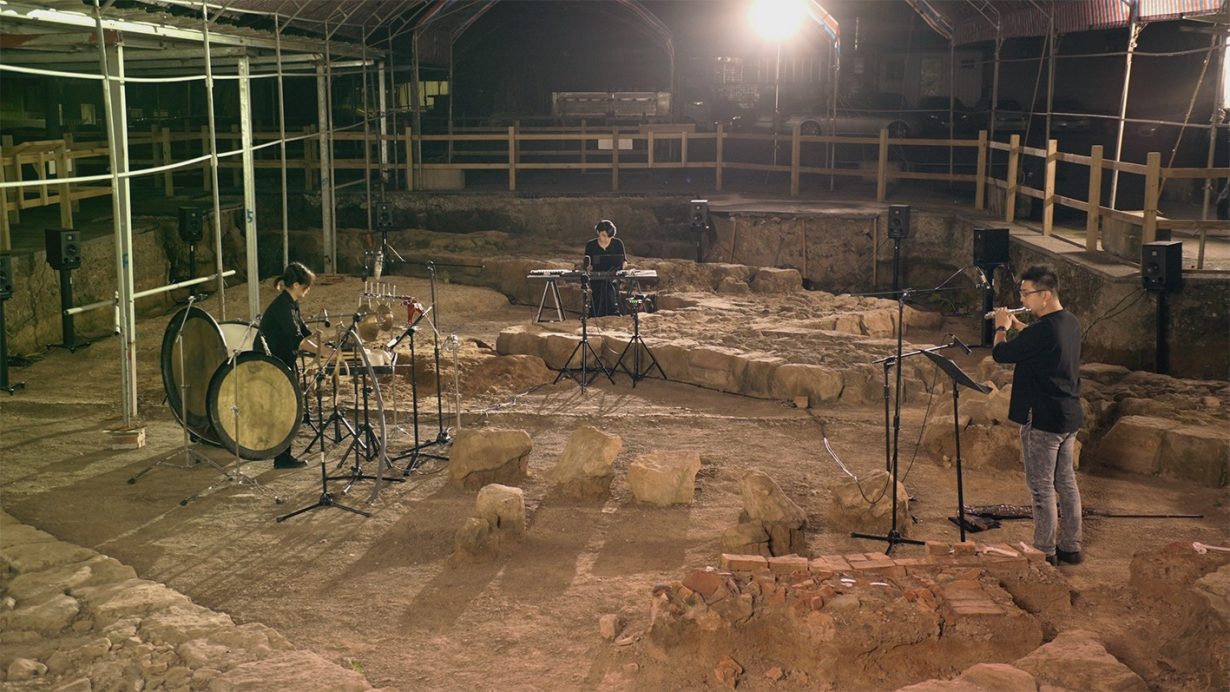Artist Hsu Chia-Wei is fascinated with the image of the forest or mangrove. His worldview is lush – it emerges from thickets of cross-references and transpositions. This fondness for stories and images nesting within stories and images has led him to experiment with the medium of collage, primarily to allude to the mingling of persons and things, species and objects. Hsu’s efforts do not stop at collage, however. His work revisits and mixes relationships via a kinetic visuality: scenes of intense encounter, reciprocity and idiosyncrasy. This is how the artist evokes a fantastic ecology – not merely through representing it as an intelligible theme. More than the desire for a consistent and coherent subject of a precarious planet or a catastrophic Anthropocene, Hsu is fixated on the theme of variations, which do not proceed from or terminate in a central motif of evolution and decline.

The collage, then, is a pathway for Hsu. It gives him the chance to build a kind of ‘internet of things’ in which the digital world – its time and logic – becomes a crucial component in this constellation. It might be interesting to describe it in another way: an ‘inter-order of things’ to implicate an earlier notion of taxonomy as theorized by Michel Foucault, simultaneously hinting at the (inter)net as the ascendant order in which things gather, mesh, proliferate, disperse, and accrete. This is a prolific technology that captures the reflexes of the present as it restitutes the past.

Collage alternates between juxtaposition and seriality, glut and dispossession. This intersection generates an inter-order of things that exceeds the ruminations of Foucault and draws the audience into a more intimate relationship with the granular fragments of difficult histories. The artist wields different media micro-ecologies: printing and the internet, even installations linked to Google maps. The mixture of media in the ethos of the collage gives way to an interactive (multi)screen effect in which the viewer navigates codes, links, files, and algorithms. Hsu’s visual template disrupts the linear progress of the event, subjects fact to subjective readings, hazards speculations, and releases information or data to the chance of play, error, mistranslation, unknowability in the face of adjacent, tangential, obtuse, and acute distractions and obsessions.
The enigmatic scene of the exhibition is this: a carefully crafted relay of object studies of a shipwreck; video installations of lore and saga; drawings of flora and photographs of fauna; and documentaries around investigations into the totems of culture. Here, the artist troubles the ties between ecology and epistemology; he embeds the scintillating life of technology within a binary, bringing a sense of poignancy and urgency to the hostile/hospitable realm of the digital world.

Within this horizon of history-in-the-making and giddy decoding and encrypting, Hsu proposes a ‘period eye’, to borrow a phrase from the art historian Michael Baxandall, who deploys the term to describe the optical temperament of a certain visual milieu. The theorist of visuality Jonathan Crary might call it the ‘technique of the observer.’ This eye and this technique open paths into the observation of an era – an awareness, or an attentiveness, to how the human and non-human cohabit a compromised picturesque terrain, one that revives the trauma of civilization and announces the beginning of extinction and the longue durée of extraction – all whirling in a digital universe that is not free from its own mongrel colonialisms.
Hsu Chia-Wei, A Performance in the Church, 13 November – 19 December 2021, Liang Gallery